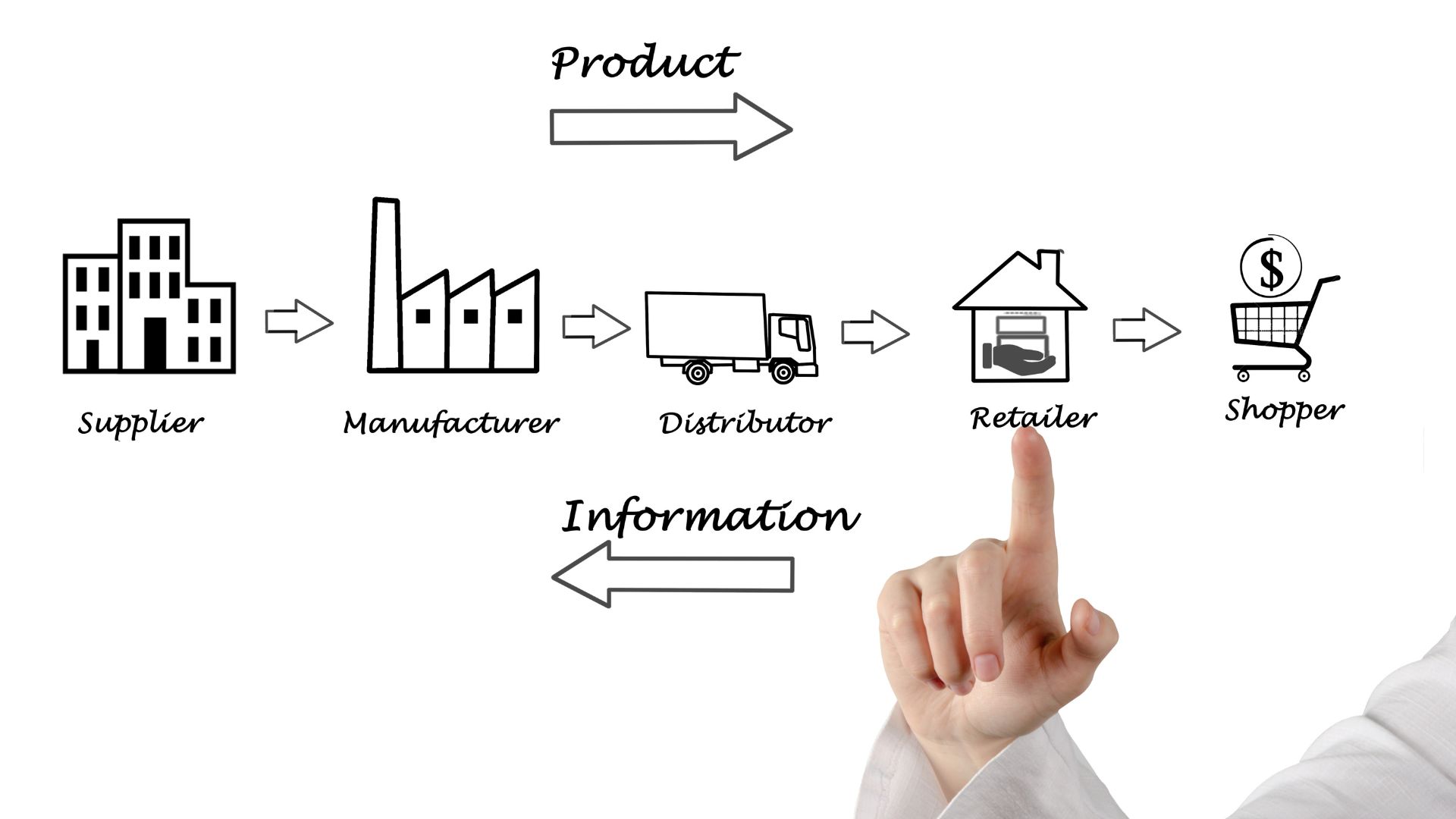Invisible bottlenecks in your company
Every company, regardless of industry, has tasks that consume time and resources, but do not provide strategic value. These are those activities that seem inevitable: copying data, reviewing documents, following up with customers, managing orders or preparing reports. You and your team are so used to them that you don’t even question if there’s another way to do it.
But the truth is that these processes are real bottlenecks. They slow down productivity, generate frustration and, most seriously, prevent your team from focusing on what really drives growth: innovating, serving the customer better and designing strategies.
The good news is that AI is made to solve exactly these kinds of problems. Today there are accessible tools that can automate these repetitive tasks without the need to redesign your entire operation. With a practical and progressive approach, you can start to eliminate these bottlenecks and transform the way your company works.
Data entry: the silent productivity thief
Think about it for a moment. How many hours a week does your team spend copying data from one site to another? Spreadsheets, online forms, PDFs, emails, WhatsApp messages. What seems like a small action, repeated hundreds of times a month, becomes a mountain of wasted time.
In addition, manual data entry is one of the main sources of errors. A mistyped number on an invoice, a wrong date on a contract or an email copied with a smaller font can become bigger problems: delays in payments, dissatisfied customers, ill-informed decisions.
AI solves this bottleneck with automatic information extraction systems. For example:
- A trained bot can read PDF invoices and record the data directly into your accounting system.
- It can analyze forms on your website and load the information into your CRM in seconds.
- It can even interpret customer messages in channels like WhatsApp or Telegram and move key data to your central database.
This saves time and drastically reduces human error and ensures that you always work with reliable information. Imagine that, instead of having an assistant copying data for hours, you have a system that does it in seconds, 24/7, without fatigue or carelessness. You and your team can focus on what really matters: understanding that data, analyzing it, and using it to grow.
Document reconciliation: fewer errors, more confidence
Another constant source of delays is documents that don’t add up. Purchase orders that do not match invoices. Invoices that arrive without receipts attached. Contracts that have different versions circulating between departments. All this forces you to invest hours in reviewing, sending emails, calling suppliers and verifying every detail.
Here AI brings immense value. An automatic reconciliation system can compare documents in seconds, detect discrepancies, and notify you immediately. For example:
- If a purchase order has a different amount than the invoice, the system alerts you before the payment is processed.
- If a key document is missing, it identifies it and generates a notice for you to request it in time.
- It may even learn from your previous fixes to suggest the most likely solution.
Imagine that your finance team no longer has to spend two whole days reviewing a batch of invoices. With AI, reconciliation happens in minutes and the impact is huge: fewer payment delays, fewer disputes with suppliers, more trust in accounting information. You gain a finance team that can focus on renegotiating contracts or analyzing costs, rather than reviewing numbers line by line.
Customer follow-up: never miss opportunities again
Manual tracking is another invisible burden. Your sales team sends reminders, chases answers, schedules calls, answers basic questions over and over again. All of this consumes valuable time and often leads to missed opportunities due to a simple lack of follow-through.
With AI, you can automate much of this interaction. Concrete examples:
- An AI agent can send personalized reminders to prospects who haven’t responded.
- You can automatically schedule a call with an available salesperson during the customer’s hours.
- You can answer frequently asked questions immediately, such as schedules, conditions, or delivery times.
And the best part: it does it at any time, even outside working hours. This way, your customers feel that they always receive fast and personalized attention. And you ensure that no leads are lost due to lack of follow-up.
Your sales team gains time and energy to focus on closing strategic deals, designing high-value propositions, and strengthening long-term relationships.
Order management: order in the midst of chaos
When orders come in from multiple channels, your website, email, marketplaces, phone calls, managing them by hand becomes chaos. The risk of errors is high: duplicate orders, incomplete data, deliveries that are delayed due to lack of tracking.
With AI, you can centralize and automate this workflow. A practical example:
- All orders, no matter where they come from, are consolidated into a single system.
- AI automatically validates data, removes duplicates, and fills in missing information.
- Then activate the following steps: notify the warehouse, update the inventory, generate the invoice, and notify the customer of the order status.
You no longer have to review every order or manually assign every task. The system does this automatically. The result is smooth management, without errors and with more satisfied customers because they receive their products on time.
Plus, this automation allows you to scale. If you receive twice as many orders tomorrow, you don’t need to hire twice as many administrative staff. AI absorbs growth, and your team focuses on monitoring and improving the customer experience.
Reporting and visibility: goodbye to closing nights
The last major bottleneck is in the reports. Extract data from different systems, combine it into spreadsheets, create charts, write presentations. A task that consumes entire days and is repeated every week or month.
AI changes this process at its root. With automatic visualization and analysis systems, you can have dashboards updated in real-time. Examples:
- Daily sales reflected immediately in a dashboard accessible to the entire team.
- Automatic alerts when a key KPI deviates from what is expected.
- Customized reports that generate themselves and are sent to each manager’s inbox.
You no longer have to wait until the end of the month to find out how your business is doing. You can make quick decisions with fresh, reliable data. And your team spends time analyzing and proposing actions, rather than gathering and formatting information.
The cultural change is profound: you go from managing “looking in the rear-view mirror” to driving with real-time visibility. And that gives you a clear competitive advantage.
The path to intelligent automation
You already know the five most common bottlenecks and how AI can eliminate them. The next step is to think about how to get started in your company. The key is not to try to transform everything at once, but to identify small quick victories that generate confidence and visible results.
You can follow these steps:
- Detect repetitive tasks. Make a list of processes that your team repeats every day.
- Calculate the cost. Ask how much time they spend on those tasks and what impact they have on the operation.
- Choose a simple case. Start with something like data entry or invoice reconciliation.
- Implement and measure. See how much time you save and which mistakes disappear.
- Scale. Once you see results, replicate the model in other areas.
At 87 Solutions we work with you to design these custom automations. We don’t interrupt your operation. We create solutions that integrate seamlessly and allow you to see quick profits.
The question isn’t whether you should automate. The question is how much more time you’re willing to waste on manual tasks that AI can already solve for you. Every hour spent on these bottlenecks is one less opportunity to grow, innovate, and better serve your customers.




